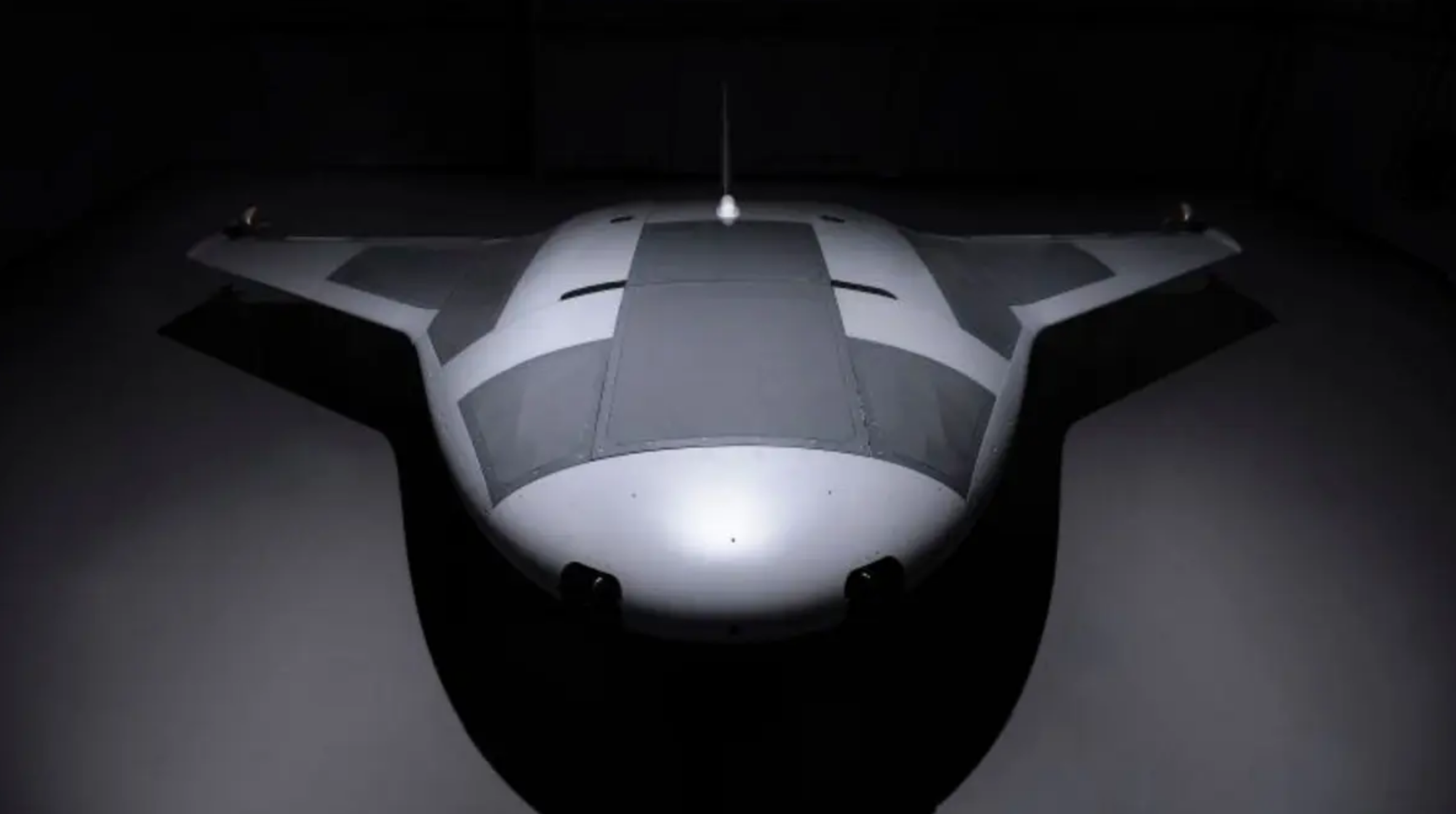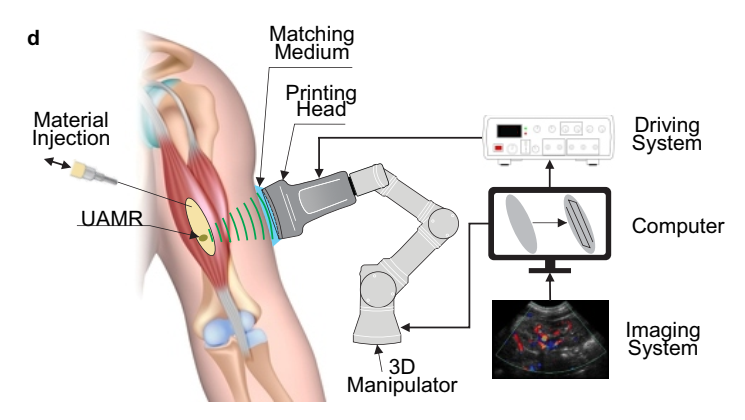Defense giant Northrop Grumman has consistently led the charge in innovation. Their latest breakthrough, the Manta Ray Project, unveils a fully realized prototype of an unmanned underwater vehicle (UUV).
Crafted under the auspices of a Defense Advanced Research Projects Agency (DARPA) initiative, the Manta Ray showcases pivotal technologies poised to shape forthcoming UUV designs. These vehicles integrate low-power propulsion systems, augmented cargo capabilities, and sophisticated energy management solutions.
Exploring Uncharted Depths
The potential applications of the Manta Ray are vast. Northrop Grumman envisions it as a key tool for oceanographic research, gathering vital data from previously uncharted territory. Additionally, it holds promise for advancing clean energy harnessing from the ocean.
Equipped with thermal energy-collecting pods, these underwater vehicles can dock, recharge, and transmit gathered data. Central to the project is the development of cutting-edge, energy-efficient underwater propulsion systems coupled with sophisticated sensing technologies, enabling autonomous navigation through complex underwater terrains, akin to lunar rovers.
Transforming Underwater Exploration
Designed to undertake prolonged missions and withstand extended submersion, the Manta Ray faces numerous engineering challenges, from biofouling to corrosion, requiring innovative solutions and integration of state-of-the-art technologies into its design. The Manta Ray project marks a significant leap forward in human capabilities for sea exploration, crucial for expanding our understanding of the marine realm, including uncharted seas and oceans. As projects like this materialize, our underwater defense and exploration capabilities will undergo a profound transformation.







